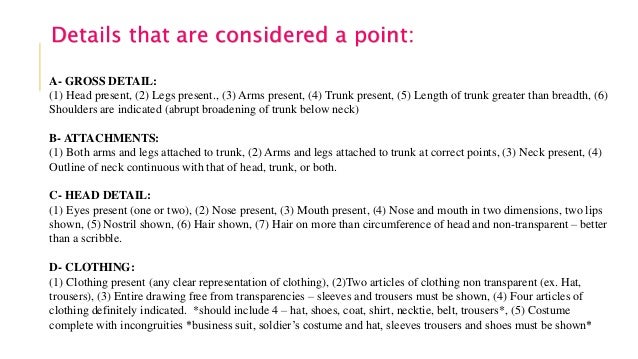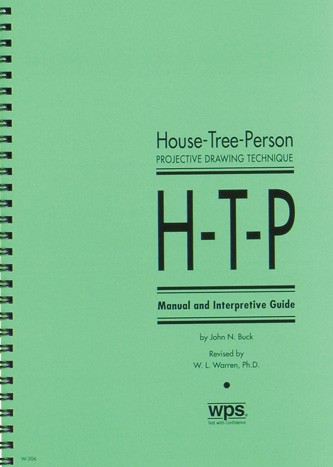One of the most distinguished and widely used projectives, the H-T-P yields abundant clinical information. It also saves time and is easy to use. Clearview rc flight simulator activation key. The subject simply produces, and then discusses, three drawings—of a house, a tree, and a person. DRAW A PERSON TEST Interpretative Manual DRAW A PERSON TEST Karen Machover I. HISTORY The first formal development of a projective drawing technique was Goodenough (1926) Draw- A- Man Test. She used it solely to estimate a child’s cognitive abilities as reflected in the quality of the drawing. Draw-A-Person-In-The-Rain Present a piece of plain, white 8.5x11-inch paper at an angle to the subject and say: “I want you to draw a person standing in the rain.” If they draw a profile, head only, or stick figure, say: “Wait, I want you to draw a whole person, not just the head, profile, or stick figure.”.Alternative instructions.
Goodenough Draw A Person Test

Draw A Person Test Manual

Draw A Person Test Interpretation Manual
A projective test developed by the US psychologist Karen Alper Machover (1902–96) and discussed in her book Personality Projection in the Drawing of the Human Figure (1949). The respondent is handed a blank sheet of paper and a pencil and is asked simply to draw a person, then, on a separate sheet, to draw a person of opposite sex to the first, then finally to indicate the age, educational level, occupation, fears, and ambitions of each person drawn. The drawings are interpreted in terms of feature placement (size, body details, positioning, clothing, and so on), the assumptions being that people tend to project acceptable impulses on to the same-sex figure and unacceptable impulses on to the opposite-sex figure, and that various features have special significance: large eyelashes indicate hysteria; prominent eyes or ears indicate suspiciousness; large figures suggest acting out; small figures, lack of facial features, or dejected facial expressions indicate depression; lack of body periphery details indicate suicidal tendencies; dark shading indicates aggressive impulses; lack of physical details suggests psychosis or brain damage; and so on. Also called the Machover Draw-a-Person Test. DAP abbrev.